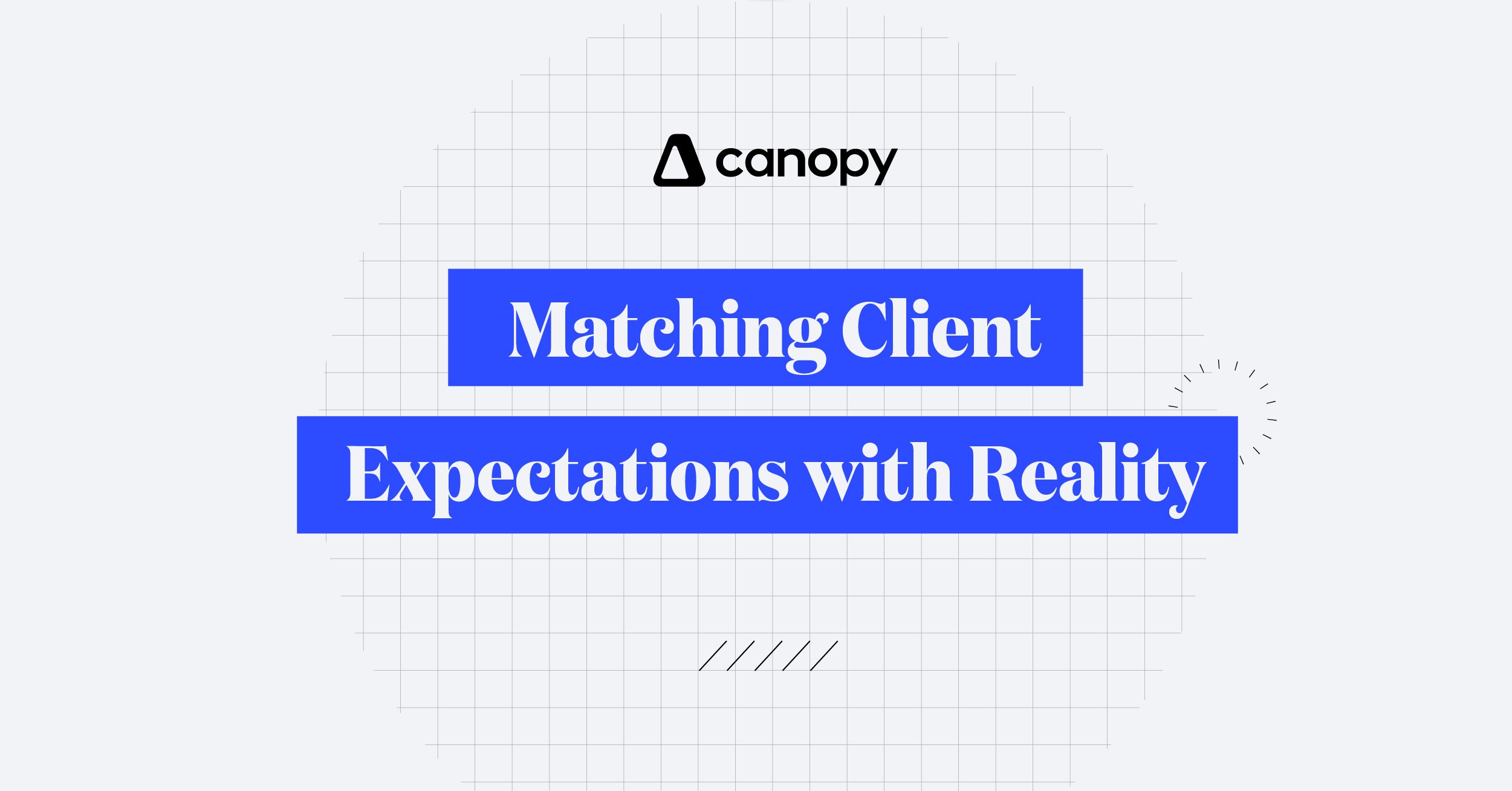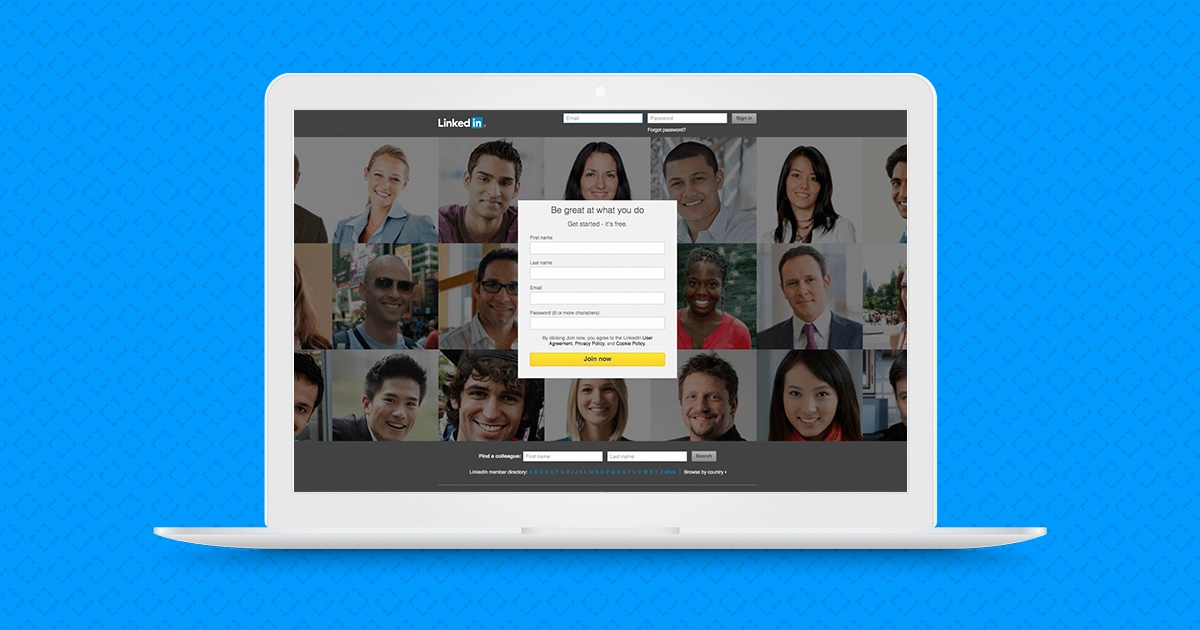A new challenge faces the rapidly-changing accounting industry: how to bridge the gap between client expectations and reality. In fact, a staggering 72% of clients in the financial industry consider personalization and convenience as crucial factors influencing their overall satisfaction with a company.
However, meeting these high expectations with the resources and capabilities you have on hand might be easier said than done. Below, we’ll discuss how accountants can bridge this gap and provide the personalized client experience customer’s demand. We’ll also review the important role communication and goal-setting plays in creating this experience.
Managing Client Expectations vs Reality
Why does the gap exist? The gap between client expectations and reality in accounting often arises from a combination of miscommunication, unrealistic assumptions, and rapid changes in the financial landscape. For example:
- Miscommunication: Clients may not fully understand the complexities of financial management, leading to unrealistic demands or confusion.
- Unrealistic Assumptions: Clients might expect immediate results or outcomes beyond the scope of what is feasible with the resources available.
- Evolving Standards: Industry changes, such as new tax laws or economic shifts, can alter timelines or deliverables, leaving clients feeling unprepared.
When expectations fall short of reality, dissatisfaction increases, eroding trust and straining client relationships
Closing the Gap Through Communication and Realistic Goal Setting
One of the biggest contributors to the gap between client expectations and reality is the failure to establish clear communication channels. A Rockefeller Corporation study found that 68% of clients leave because they feel like you don’t care about them. While a multitude of factors contribute to this perception, poor communication is arguably the biggest.
It’s critical for professionals to proactively engage with clients by discussing expectations and setting realistic goals as often as possible. By doing so, accountants foster a clearer understanding of the client's needs and the practicalities of achieving their financial objectives. This also increases clients’ confidence that their financial organization cares about them and strives to keep them in the loop.
The Role of Technology and Data Analytics in Managing Client Expectations
Embracing technology and data analytics has become increasingly more important in providing accurate, timely information to clients. Integrating these advanced tools not only streamlines processes, but also creates a more transparent and efficient exchange of information. In fact, a study by Deloitte found that 78% of accounting professionals believe that technology plays a critical role in understanding and managing customer expectations.
Here are just some of the tools that provide accountants with a deeper understanding of client expectations:
- Customized reporting and dashboards: Reporting and dashboards that are tailored to each client’s specific needs help present financial information in a visually intuitive manner. This helps accountants ensure clients have a clear understanding of their financial position. And the personalized approach provides much-needed transparency and aligns client expectations with the realities of their financial performance.
- Predictive analytics: Predictive analytics tools empower accountants to go beyond historical data and offer clients a glimpse into future financial scenarios. By utilizing algorithms and statistical models, accountants can provide clients with realistic projections, helping them set more informed and achievable financial goals.
- Real-time collaboration platforms: Automation tools streamline routines and time-consuming tasks, allowing accountants to focus on more strategic aspects of client engagements. By reducing manual errors and improving efficiency, technology enables accountants to meet deadlines consistently and deliver high-quality services.
- Client portals: Accountants can use client portals to update clients on progress, share important documents, and address questions quickly. This real-time interaction fosters a collaborative relationship, ensuring that clients are well-informed.
- Security tools: Assuring clients of the safety and confidentiality of their financial data enhances their confidence in the accounting process. This trust is foundational in managing expectations, as clients feel secure in the knowledge that their sensitive information is handled with the utmost care.
The bottom line: by using these tools, accountants can align client expectations with actual results, providing a more realistic view of financial performance and future prospects.
The Importance of Transparency
The temptation to over-promise results is a major pitfall finance professionals must avoid. Overstating capabilities or making unrealistic promises can lead to a breakdown in client trust. In fact, studies show that companies who behave more ethically win and retain more customers. Additionally, customers are 49% more likely to make a purchase with a brand they feel they can trust and that behaves ethically.
Maintaining transparency and honesty — not just in meeting but exceeding client expectations — is critical. Organizations should strive to uphold the highest ethical standards to create a solid foundation for trust and long-term client relationships.
5 Tips for Accountants
Finally, let’s look at five ways in which you can better manage your clients’ expectations:
- Clearly define scope and objectives: Establish a comprehensive understanding of your client's needs and outline the scope and objectives of the engagement from start to finish.
- Communicate regularly: Maintain open lines of communication throughout the engagement, providing progress updates and promptly addressing client concerns.
- Utilize technology: Integrate technology and data analytics into your practice to enhance accuracy, efficiency, and transparency in financial reporting.
- Educate clients regularly: Take the time to educate your clients on the limitations and possibilities of financial management. This helps them to have more realistic expectations.
- Set realistic timelines: Clearly communicate the timelines associated with various tasks and ensure they align with your client's expectations and their own timeline as much as possible.
Navigate the Future of Client Expectations with Canopy
Bridge the gap between client expectations and reality with Canopy—your trusted practice management software. With our suite of tools, you can make the most out of your client relationships. Discover how Canopy can help you bridge the gap between expectations and reality.

Chris is a content manager for Canopy, joining the team with a combined eight years of experience as a copywriter, editor-in-chief, and content marketer. He's a skilled wordsmith and strategic thinker who shapes brand identity through compelling content and fosters a collaborative and innovative environment. With a passion for storytelling and a dedication to excellence, he is a driving force behind any company's success in content marketing. Champion of the Oxford comma.
READ MORE BY Chris







Get Our Latest Updates and News by Subscribing.
Join our email list for offers, and industry leading articles and content.